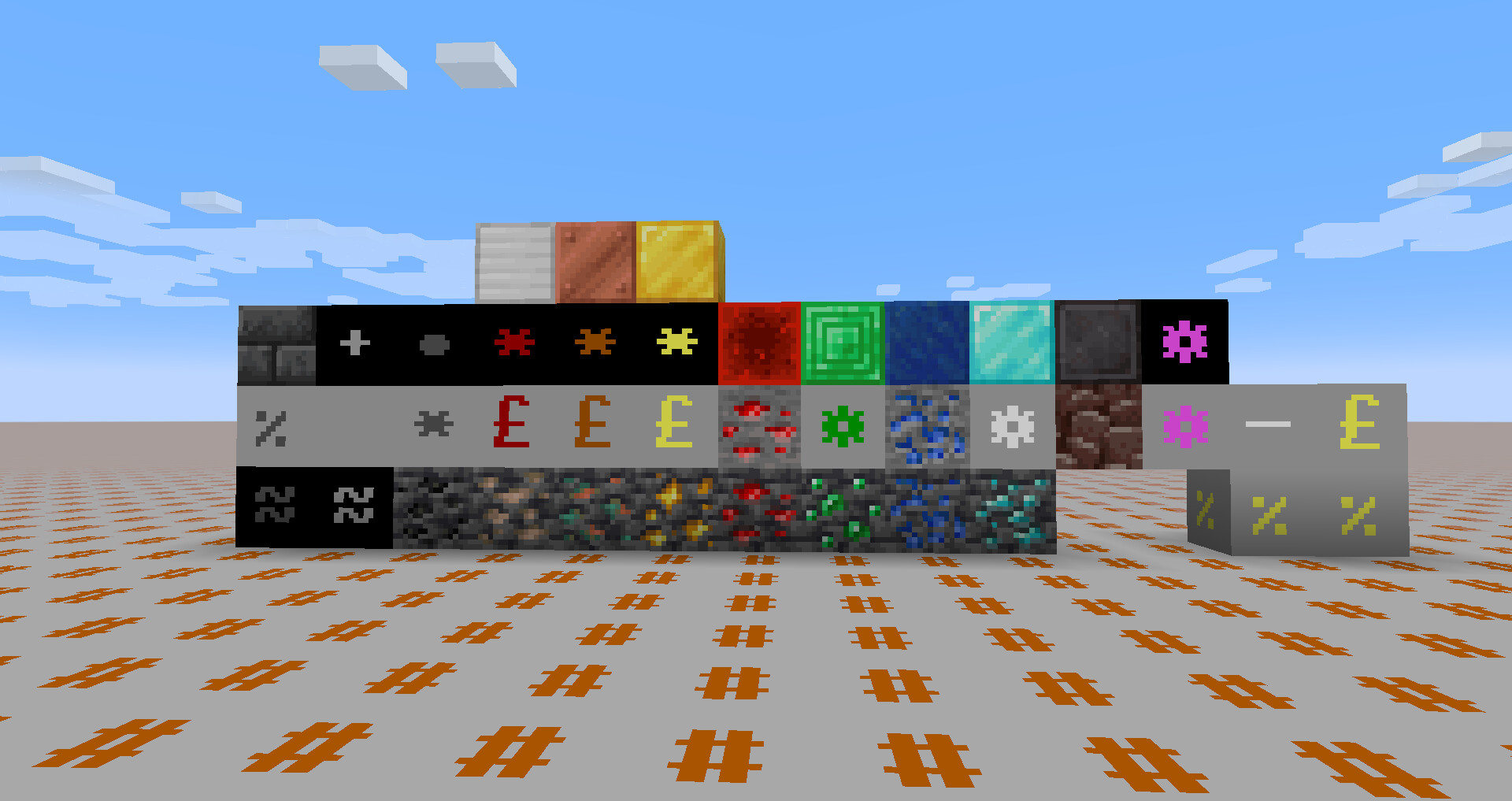

In general, the idea is to aggressively relax constraints as you reduce fidelity, thereby reducing the time it takes to simulate.Į.g., say you have an NPC with 'thirst', and it lives in an house near-ish to a body of fresh water. This answer, broad as it is, relies on the idea that you can adjust your AI/world simulation's fidelity fairly easily, which I think is beyond what I can explain here. If you want a huge world, you'll need to reduce fidelity.Īlways ask: Can the player tell the difference? Variable Fidelity Simulations have an inverse correlation between fidelity and size/scope, so given fixed hardware you'll have to compromise.

Furthermore, when a player leaves a chunk, he has made some changes to it, but the function cannot take those changes into account when computing the state of the block the next time the player enters it, in other words all changes that the player made to the block are lost as soon as he leaves. The problem with this is that this assumes a truly predeterministic world evolution, in which players have control over only their local chunk and no others. That is, a function f(time,coordinates), such that given the time and and coordinates of a block, will tell you what state that block should be in. The "solution" that I thought of is to come up with a closed form formula that simulates autoplay somehow. Moreover, this does not solve the general problem of faction simulation - factions can expand or contract through many chunks, whereas keeping one chunk loaded in memory would not affect its neighboring chunks, so that doesn't quite achieve the same effect as autoplay. The most straightforward approach to this, which is to just to make chunks remain loaded in memory even after the player is no longer in them, has the same performance issues as mentioned earlier - as the player moves across thousands of blocks, you will sooner or later run into computation limits.

When a player comes back from a trip, the chunk is exactly as he left it. The minecraft world is a static, never-changing place. Minecraft gets around this problem by simply storing the inactive chunk in memory as-is as soon as the player leaves the area. With a bigger map and more factions, the performance requirements become exorbitant. On the other hand, simulating all the factions simultaneously is surely going to become a bottleneck as the map grows. This Dwarf Fortress Server Docker image is Copyright (C) 2014-2015 Chris Collins and released under the GNU General Public License, version 3.One of the interesting things about Dwarf Fortress (and other procedurally generated games like Civilization) is that the game simulates multiple AI factions interacting with each other over time (what might be termed "autoplay") to generate an evolving world which changes over time, even whilst the player is playing the game. Thanks to Paim Pozhil for helping me figure out NoVNC with his Docker-NoVNC repo!.

Thanks to Toady and ThreeToe for making Dwarf Fortress - !.Check if your browser supports websockets: Acknowledgements Note: Your browser must support HTML5 Websockers. Dwarf Fortress Server is a Docker image that allows you to run Dwarf Fortress inside a Docker container, and connect and play through your web browser (using NoVNC).


 0 kommentar(er)
0 kommentar(er)
